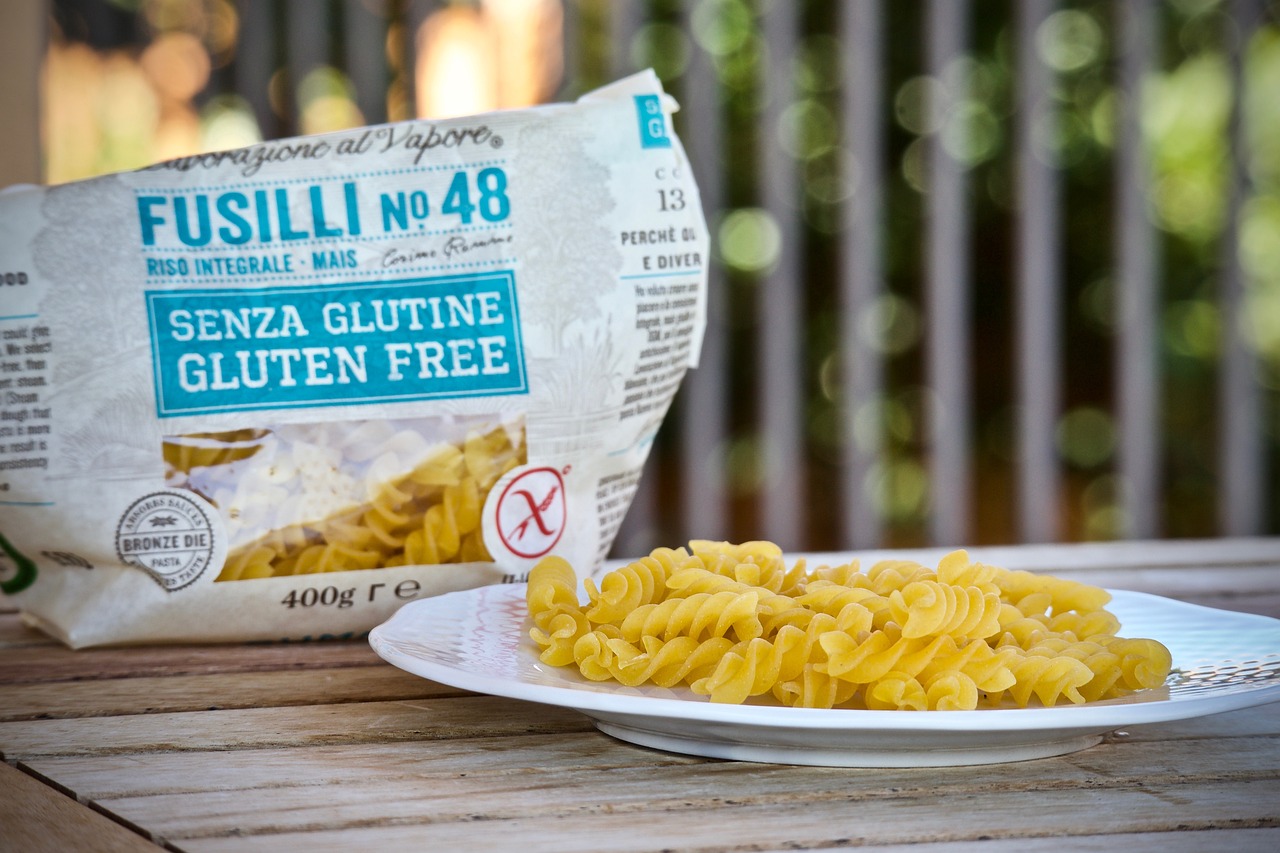
Navigating a gluten- and dairy-free kitchen can be challenging, especially if you’re new to a diet that excludes these common allergens. However, with a little bit of planning and preparation, it’s possible to create delicious and healthy meals that everyone can enjoy.
In this article, we’ll share some tips and tricks for meal planning and preparation in a gluten- and dairy-free kitchen. From stocking your pantry to meal prepping, we’ll cover everything you need to know to make your kitchen a safe and enjoyable place to cook.
Stocking Your Pantry
When you’re navigating a gluten- and dairy-free kitchen, it’s important to stock your pantry with the right ingredients. Here are some essentials to keep on hand:
- Gluten-free flours (such as almond, coconut, and rice flour)
- Non-dairy milk (such as almond, soy, or oat milk)
- Gluten-free pasta and grains (such as quinoa and brown rice)
- Gluten-free bread and crackers
- Nut butters (such as almond and cashew butter)
- Canned goods (such as beans, tomatoes, and coconut milk)
- Spices and herbs
- Cooking oils (such as olive oil and coconut oil)
- Sweeteners (such as honey and maple syrup)
By keeping these staples in your pantry, you’ll always have the basic ingredients you need to whip up a quick and easy meal.
Substituting Ingredients
When you’re cooking in a gluten- and dairy-free kitchen, it’s important to know how to substitute ingredients to achieve the same flavors and textures as traditional recipes. Here are some common substitutions:
- Use gluten-free flours (such as almond flour or coconut flour) instead of wheat flour.
- Use non-dairy milk (such as almond milk or oat milk) instead of cow’s milk.
- Use coconut cream or non-dairy yogurt instead of sour cream.
- Use avocado or nut butter instead of cheese.
- Use nutritional yeast instead of parmesan cheese for a cheesy flavor.
- Use coconut aminos instead of soy sauce.
Meal Planning and Preparation

Meal planning and preparation is key to success in a gluten- and dairy-free kitchen. Here are some tips to make meal planning a breeze:
- Plan your meals ahead of time. Take some time each week to plan out your meals for the upcoming week. This will help you avoid last-minute decisions that can lead to unhealthy choices.
- Prep your ingredients. Spend some time each week chopping vegetables, cooking grains, and prepping proteins. This will make meal preparation much faster and easier.
- Cook in batches. Cook a large batch of your favorite dishes and store them in the fridge or freezer for easy meals throughout the week.
- Keep it simple. Don’t feel like you have to make elaborate meals every night. Simple meals like roasted vegetables and grilled chicken can be just as delicious and satisfying.
Staying Safe
When you’re cooking in a gluten- and dairy-free kitchen, it’s important to take precautions to avoid cross-contamination. Here are some tips to keep your kitchen safe:
- Use separate cutting boards and utensils for gluten-free and dairy-free foods.
- Label your food clearly to avoid confusion.
- Clean your kitchen thoroughly to avoid cross-contamination.
Be aware of hidden sources of gluten and dairy, such as sauces and marinades that may contain these allergens.
Recipe Ideas
Looking for some recipe inspiration for your gluten- and dairy-free kitchen? Here are a few ideas to get you started:
- Gluten-free pasta with roasted vegetables and tomato sauce
- Quinoa salad with roasted chicken, vegetables, and a honey-mustard dressing
- Brown rice stir-fry with tofu and vegetables
- Grilled salmon with a side of roasted sweet potatoes and green beans
- Gluten-free pizza with dairy-free cheese and your favorite toppings
Don’t Forget Dessert
Just because you’re cooking in a gluten- and dairy-free kitchen doesn’t mean you have to skip dessert! Here are a few sweet treats that are both delicious and allergy-friendly:
- Flourless chocolate cake made with almond flour
- Dairy-free ice cream made with coconut milk
- Chocolate avocado mousse
- Gluten-free and dairy-free cookies made with almond flour and coconut oil
Conclusion
Navigating a gluten- and dairy-free kitchen may seem intimidating at first, but with a little bit of planning and preparation, it can become second nature. By stocking your pantry with the right ingredients, learning to substitute common allergens, and mastering meal planning and preparation, you can create delicious and healthy meals that everyone can enjoy.
Remember to take precautions to avoid cross-contamination, label your food clearly, and stay aware of hidden sources of gluten and dairy. And don’t forget to treat yourself to some delicious and allergy-friendly desserts!
With these tips and tricks, you’ll be well on your way to becoming a pro at navigating a gluten- and dairy-free kitchen. Happy cooking!
